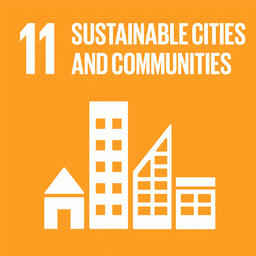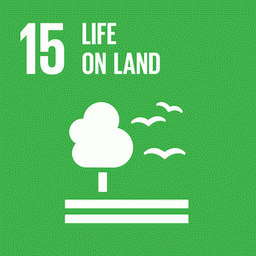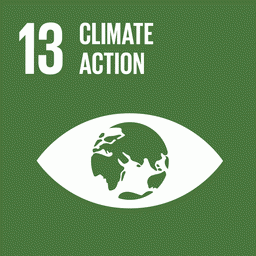Karina Custódio*
Deforested forests that have grown back have their recovery impaired when they are hit by fire. An article published in the scientific journal Zoological Society of London, by researchers from IPAM (Instituto de Pesquisa Ambiental da Amazônia) and partners, warns that fire can compromise the environmental services provided by secondary forests in the Amazon. It is one of the first studies to investigate the impact of fire on the canopy of these regenerating forests.
Unlike primary forests, secondary forests are those that are recovering after an external factor such as fire or deforestation. As mentioned in the article, this type of forest removes up to 1.6 billion tons of carbon from the atmosphere every year.
According to the publication, late-stage secondary forests – that is, those that have been cleared and already have a degree of regeneration – take 19 to 29 years to regenerate after deforestation followed by fire. Early-stage secondary forests – those that are beginning to regenerate – take 12 to 14 years to recover the vegetation present before the fires.

Secondary forests are less resistant to fire because they have less moisture and a greater volume of leaves, increasing their flammability.
“Secondary forests provide important environmental services that must be conserved, such as capturing carbon from the atmosphere. In order to meet Brazil’s new emissions reduction targets and the PLANAVEG [National Native Vegetation Recovery Plan], we need to protect forests that are recovering from fire, a factor to which they are most vulnerable,” points out Celso H. L. Silva Junior, a researcher at IPAM and one of the authors of the study.
The research was carried out over a two-year period (between 2016 and 2018) and analyzed an area of forests present in the Arc of Deforestation region in the Amazon. The study is part of a project investigating the resilience of secondary forests to climate change.
How the research was carried out
To determine how badly the forests had been affected by fire, the researchers used data collected by the LiDAR (Light Detection and Ranging) remote sensor. Installed on an airplane, the sensor launched laser beams at burned and unburned areas of secondary forest.
The use of this sensor enabled three-dimensional data to be obtained, making it possible to measure tree height, leaf volume and other data from the forest canopy. According to Silva Junior, the analysis of this data at different stages of recovery in secondary forests is what sets the research apart and makes it possible to analyze the vegetation’s future regeneration capacity.
IPAM communications analyst*
Cover photo: Rini Sulaiman/Norwegian Embassy



